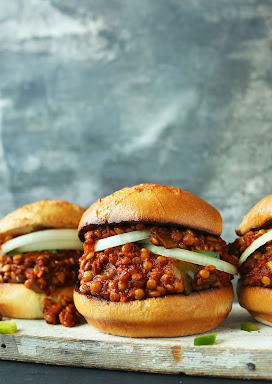National Nutrition Month 2021
March is National Nutrition Month. Each year, the Academy of Nutrition and Dietetics chooses a focus for that year’s National Nutrition Month. This year, the focus is “Personalize Your Plate.” They created a week-by-week list of how to participate and work towards personalizing your plate. Week 1: Variety The focus during this first week is similar to MyPlate since the main point is to include foods from each food group. This week also focuses on hydration, enjoying food without distractions, and reading nutrition facts. Week 2: Plan Ahead This second week focuses on planning ahead to improve the nutritional content of your meals. While a big focus is to choose healthy meals for the week and create a grocery list to shop for those meals, this week also reminds you to plan ahead for traveling and make smart menu choices when eating out. Week 3: Learn New Cooking Skills The focus of the third week is to increase your skills in the kitchen. You can do this through trying new flavors, food...







